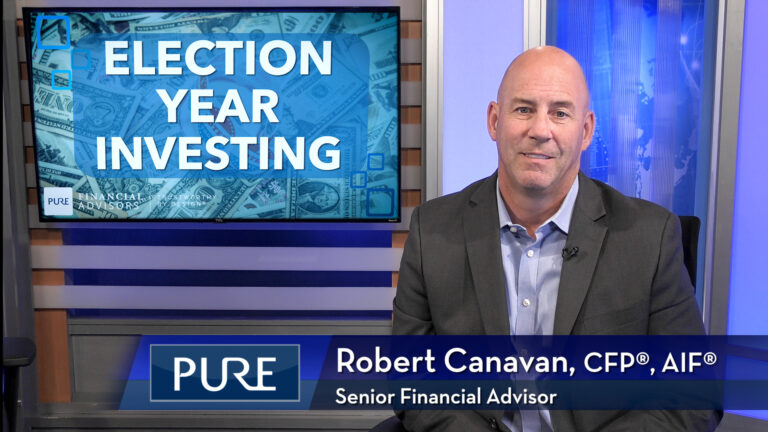What is your required beginning date for required minimum distributions? In 2020, with the passage of the SECURE Act, required minimum distributions or RMDs from your retirement accounts must begin in the year you turn age 72 or by April 1 of the following year. This is your required beginning date or RBD. In this video, CERTIFIED FINANCIAL PLANNER™ Peter Keller, CFP® explains the exceptions to these RMD required start date rules, and the penalties imposed by the IRS if you don’t take your RMDs on time.

Transcript:
In December 2019, the President signed into law the SECURE Act – “Setting Every Community Up For Retirement Enhancement”
One of the biggest changes from the SECURE Act will be the age at which individuals with retirement accounts must begin Required Minimum Distributions – RMDs. Prior to the SECURE Act, individuals with retirement accounts – Traditional IRA’s or qualified employer plans, were required to take RMDs, required minimum distributions, beginning the year in which they turned 70.5. It could be delayed as long as April 1st of the year following the year in which they turned 70.5.
So an example would be Mike, who has a traditional IRA, born on March 2, 1950 will turn 70.5 on September 2, 2020. Mike would have to take an RMD by the end of 2020 or he could delay it until 2021 but before April 1st of 2021. If he pushes the RMD to 2021 he will have to take two distributions for that year.
Now, beginning in 2020, the new age at which required minimum distributions must start is age 72 – also with that same April 1st following year deadline for the first RMD.
So in my prior example with Mike, he will not have to begin taking distributions until the year in which he reaches age 72, which would then be in 2022. And again, his first RMD could be pushed as late April 1st of 2023.
Individuals who turned 70.5 in 2019 are not delayed, and they must begin their required minimum distributions under the old rules at 70.5.
If you do not take your Required Minimum Distribution as required, the IRS imposes a stiff 50% penalty on the amount not taken.
The same life expectancy factors will continue to be used with no changes under the SECURE Act. So if you are turning 70.5, the factor will remain at 27.4. And if you’re delaying your RMD until 72, the factor will be 25.6.
Now one exception to the Required Beginning Date for individuals is for individuals who are still working after age 70.5 and participating in their employer sponsored plan such as a 401(k) or 403(b). So if you’re 74 and you’re still working and participating in a 401(k), you do not have a required minimum distribution until April 1st after the year following retirement.
For more money-saving financial tips, click here to subscribe to our YouTube channel.













